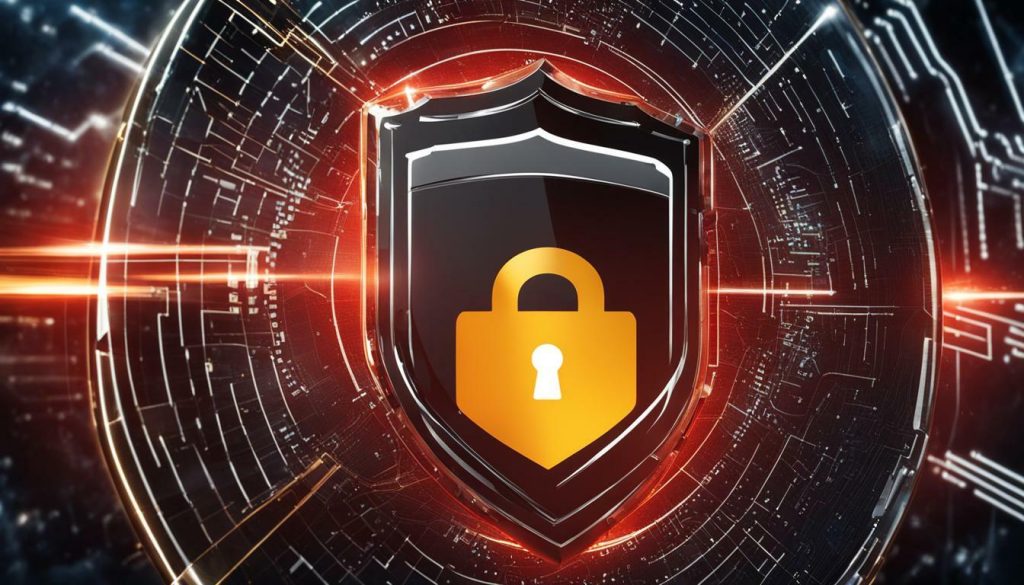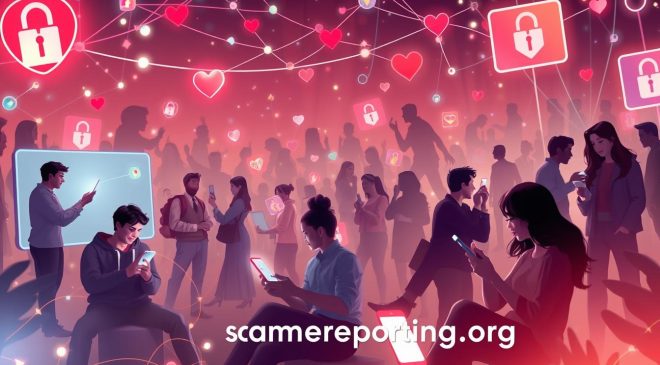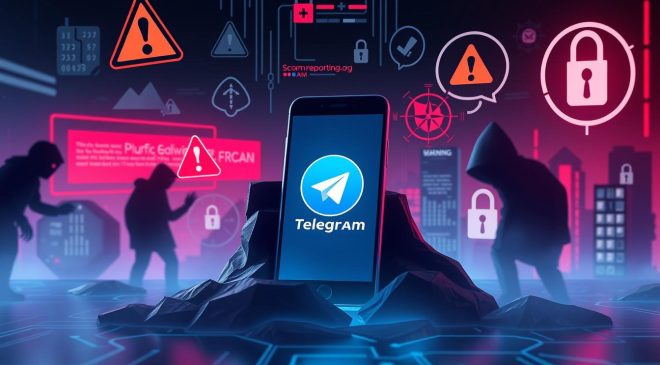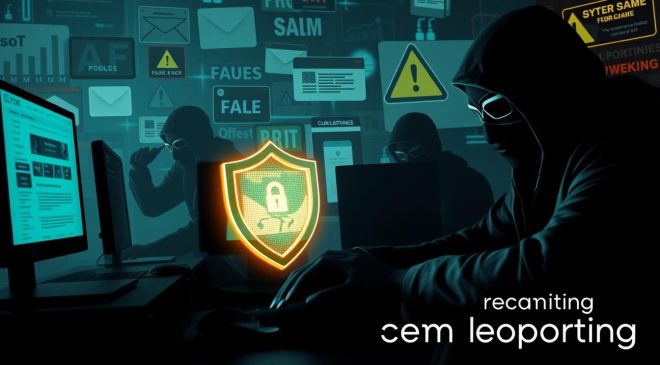
Protecting your credit from fraud is crucial in today’s digital age, where sensitive information can easily be accessed by fraudsters. Credit fraud can cause significant damage to your personal finances and credit score, making it important to take proactive measures to prevent it.
Fortunately, there are essential steps you can take to protect your credit from fraud. By following these steps, you can ensure that your credit information remains secure and minimize the risk of becoming a victim of credit fraud.
Key Takeaways
- Protecting your credit from fraud is crucial in preventing financial damage and maintaining a good credit score.
- Essential steps to protect your credit from fraud include monitoring your credit reports, using secure payment methods, and safeguarding your personal information.
- Being cautious of phishing attempts and regularly updating your devices and software can also help prevent credit fraud.
- If you suspect that you have become a victim of credit fraud or identity theft, it is crucial to act quickly and report the fraud.
Understand the Types of Credit Fraud
To protect your credit from fraud, it’s important to have an understanding of the types of credit fraud which exist. Fraudsters use an array of methods to steal your personal information and make unauthorized transactions with your credit cards. By recognizing these methods, you can take action to guard yourself against them.
Common Credit Card Scams
Credit card scams involve fraudsters stealing your credit card information in order to make unauthorized transactions. Common scams include skimming, where thieves use devices to steal your card information when you make a purchase, and phishing, where they trick you into giving them your card information by posing as legitimate companies.
Identity Theft Techniques
Identity theft is a serious type of credit fraud where fraudsters steal your personal information like your social security number, address, and date of birth. They use this information to impersonate you, open new credit card accounts, and make purchases in your name. Common identity theft techniques include dumpster diving, where thieves search through your trash for personal information, and pretexting, where they trick you into giving them your personal information by pretending to be someone else.
How to Protect Yourself
To protect yourself from credit fraud, be cautious of unsolicited phone calls or emails, and never give out your personal information to unknown parties. Be sure to check your credit reports regularly for any unauthorized activity and use secure payment methods when making transactions online. If you suspect fraud, report it immediately and consider freezing your credit cards to prevent further damage. By staying informed and taking preventative measures, you can reduce the risk of falling victim to credit fraud.
Monitor Your Credit Reports Regularly
One of the most effective ways to protect your credit from fraud is by monitoring your credit reports on a regular basis. By doing so, you can detect any suspicious activity or unauthorized accounts and take immediate action against potential fraud.
You can check your credit score and monitor your credit reports through various credit monitoring services. These services will alert you to any changes in your credit report, such as new accounts or inquiries, which could be signs of fraud.
It’s important to check your reports at least once a year, and more frequently if you suspect any fraudulent activity. You can obtain free credit reports from each of the three major credit reporting agencies – Equifax, Experian, and TransUnion – once a year through AnnualCreditReport.com.
Strengthen Passwords and Use Two-Factor Authentication
Creating strong passwords and using two-factor authentication is one of the most effective measures you can take to secure your online accounts. Strong passwords are harder for fraudsters to crack, and two-factor authentication adds an extra layer of protection, making it more difficult for anyone to gain unauthorized access to your accounts.
A strong password should be at least 12 characters long and include uppercase and lowercase letters, numbers, and symbols. Avoid using easily guessable information such as your birthdate, name, or address. Remember to use different passwords for each of your accounts to prevent a single breach from affecting all of them.
Two-factor authentication (2FA) is a security feature that requires you to provide two forms of identification before granting access to an account. This can include something you know, like a password, and something you have, like a security token or your phone. Enabling 2FA on all of your online accounts is highly recommended to add an extra layer of security.
To further secure your online accounts, it is important to choose secure platforms that offer robust security measures. Look for platforms that offer encryption, secure transmission of data, and regular security updates. Avoid using public Wi-Fi networks, as they can put your information at risk of interception by hackers.
Be Cautious of Phishing Attempts
Phishing attempts through emails or fraudulent websites are common methods used by fraudsters to obtain your sensitive information. These scams can be very convincing and may appear to come from legitimate sources, such as banks or government agencies. It is important to be aware of these scams and know how to identify them to avoid falling into their traps.
Some common signs of phishing scams include:
- Emails that ask for personal or financial information
- Emails that urge you to act quickly or create a sense of urgency
- Inconsistencies in the sender’s email address or domain name
- Emails that contain spelling or grammatical errors
- Emails that contain suspicious attachments or links
If you receive an email or message that you suspect may be a phishing attempt, do not click on any links or provide any personal information. Instead, you can contact the sender directly through a verified contact method, or report the suspicious activity to the relevant authorities.
Protect Your Personal Information
Protecting your personal information is crucial in preventing credit fraud. As a rule of thumb, always safeguard your sensitive information and share it cautiously. One way to do this is to limit the information you share on social media and other online platforms.
When shopping online or filling out forms, make sure that the website is secure and uses encryption to protect your data. Avoid using public Wi-Fi networks for transactions that require you to enter sensitive information, as these networks are often unsecured and can be easily intercepted by hackers or fraudsters.
It’s also important to carefully read the privacy policies of the websites and apps you use. This will help you understand how your data is being collected, stored, and shared.
If you receive unsolicited calls or messages asking for personal information, be wary and verify the authenticity of the communication before providing any information. Scammers often impersonate legitimate organizations or individuals, so it’s important to stay vigilant and protect your personal information at all times.
In short, protecting your personal information is essential to prevent credit fraud and maintain data privacy. Always practice caution and be mindful of the information you share online or over the phone.
Use Secure Wi-Fi Networks and Encrypt Your Data
Whether you’re browsing the internet or managing your finances online, it is important to take extra precautions when using public Wi-Fi networks. These networks are often unsecured and can leave your personal and financial information vulnerable to hackers or fraudsters.
To protect yourself, only use secure Wi-Fi networks that require authentication and encryption. Look for networks with a lock icon or those that require a password to connect. In addition, use encryption to protect your data when accessing the internet. This can be done through your device’s settings or by installing third-party encryption software.
When accessing sensitive information, such as bank account details or credit card information, be sure to use a secure connection. This means only accessing these accounts on secure websites that start with “https” and have a lock icon in the address bar.
By taking these precautions, you can significantly reduce the risk of your personal or financial information being intercepted while using public Wi-Fi networks.
Regularly Update Your Devices and Software
Keeping your devices and software up to date is crucial in maintaining their security and protecting your personal information against potential vulnerabilities. Devices such as smartphones, laptops, and tablets are often targeted by fraudsters due to their popularity and widespread use.
Security patches and updates are released periodically to address known software vulnerabilities and fix security issues. Failing to update your devices or software can leave them vulnerable to attack, making it easier for fraudsters to steal your personal information.
Make sure to regularly check for available updates and install them as soon as possible. Many devices and software programs offer automatic updates, which can help streamline the process and ensure that you always have the latest security measures in place.
By staying up to date with your system and software updates, you can significantly reduce the risk of falling victim to credit fraud or identity theft. Don’t forget to prioritize this important step in protecting your personal data and financial security.
Be Wary of Unsolicited Calls or Messages
Unsolicited calls or messages can be a red flag for credit fraud or identity theft. These types of scams can include phone call scams, text message scams, or even automated robo-calls. Fraudsters are known to use these methods to gather your personal information, such as your credit card number, Social Security number, or other sensitive details.
If you receive an unsolicited call or message, you should be cautious and avoid giving out any personal information. One common tactic used by scammers is a “phishing” email or text message, where they will pose as a legitimate organization, such as a bank or credit card company, in order to trick you into giving them your information. If you receive a message like this, do not click on any links or provide any personal information.
To protect yourself from phone call scams or text message scams, it is important to verify the authenticity of the communication. If you are unsure about the legitimacy of the call or message, hang up or delete it and contact the organization directly using a known phone number or email. This can help ensure that you are not being scammed and that your personal information remains secure.
Use Secure Payment Methods
When making online purchases or transactions, it is crucial to use secure payment methods to protect yourself against credit fraud and ensure online payment security. One of the most secure payment methods is using credit cards, which typically come with built-in consumer protection features. When using credit cards for online transactions, ensure that the website is secure, with an https:// address and a padlock icon in the URL bar, indicating that the site has SSL (Secure Socket Layer) encryption.
Other secure payment methods include using digital wallets like Apple Pay, Google Pay, or PayPal, which offer additional layers of security by using encryption and tokenization to protect your payment information. These services also allow you to store your credit card information securely, so you don’t have to enter it every time you make a purchase.
When using online payment platforms, make sure to set up two-factor authentication and use strong passwords to prevent unauthorized access to your payment information and account. It is also important to regularly monitor your transaction history and credit card statements to detect any suspicious activity.
Overall, using secure payment methods, such as credit cards with built-in consumer protection features, digital wallets, and secure online payment platforms, can help ensure your financial transactions are safe and secure.
Act Quickly if You Suspect Fraud
Despite taking all the necessary precautions, credit fraud or identity theft can still occur. If you suspect fraudulent activity on your credit card or identity theft, it is crucial to act quickly to limit the damage. Here are the essential steps to take:
- Report credit fraud: Contact your credit card issuer or bank immediately to report any unauthorized transactions. They can investigate the fraud and potentially reverse any charges.
- Freeze credit cards: Consider freezing your credit cards to prevent further unauthorized transactions while your case is being investigated.
- Identity theft reporting: Report the fraud to the Federal Trade Commission (FTC) and file a report with local law enforcement. This can help you in preventing further damage to your credit and identity.
Remember, taking action quickly is crucial in minimizing the damage caused by credit fraud or identity theft. By reporting the fraud and freezing your credit cards, you can prevent further unauthorized charges and protect your credit score. Additionally, reporting the fraud to the FTC and law enforcement can help in catching the fraudsters and prevent similar incidents from happening to others.
Conclusion
Protecting your credit from fraud is a crucial aspect of maintaining your financial security. By following the essential steps outlined in this guide, you can significantly reduce the risk of becoming a victim of credit fraud or identity theft. Remember to monitor your credit reports regularly, create strong passwords and enable two-factor authentication, be cautious of phishing attempts, protect your personal information, use secure payment methods, and act quickly if you suspect fraud.
Always be vigilant when it comes to your credit card and personal information. Stay informed about the latest scams and fraud techniques, and take proactive measures to safeguard your sensitive data. By doing so, you can ensure that your personal financial security remains protected and intact.
FAQ
Q: How can I protect my credit card from fraud?
A: To protect your credit card from fraud, you can follow these essential steps: Monitor your credit reports regularly, strengthen passwords and use two-factor authentication, be cautious of phishing attempts, protect your personal information, use secure Wi-Fi networks and encrypt your data, regularly update your devices and software, be wary of unsolicited calls or messages, use secure payment methods, and act quickly if you suspect fraud.
Q: Why is it important to understand the types of credit fraud?
A: Understanding the types of credit fraud helps you recognize common credit card scams and identity theft techniques. By familiarizing yourself with how fraudsters operate, you can better protect yourself from falling victim to their scams.
Q: How often should I monitor my credit reports?
A: It is recommended to monitor your credit reports regularly, ideally at least once a year. By doing so, you can detect any suspicious activity or unauthorized accounts, allowing you to take immediate action against potential fraud.
Q: How can I create strong passwords and enable two-factor authentication?
A: To create strong passwords, make sure they are unique, contain a combination of uppercase and lowercase letters, numbers, and special characters. Avoid using easily guessable information, such as your name or birthdate. Enable two-factor authentication whenever possible, which adds an extra layer of security to your online accounts.
Q: How can I identify phishing attempts?
A: Phishing attempts often come through emails or fraudulent websites. Be cautious of unsolicited emails asking for personal or financial information. Look out for spelling or grammatical errors, suspicious links, or requests for urgent action. When in doubt, contact the company or organization directly to verify the authenticity of the communication.
Q: What can I do to protect my personal information?
A: To protect your personal information, be cautious about sharing it online or with unfamiliar individuals or websites. Use secure websites when providing sensitive information and practice good data privacy habits, such as regularly updating privacy settings on social media platforms and avoiding oversharing personal details on public platforms.
Q: How can I secure my Wi-Fi networks and encrypt my data?
A: Use secure Wi-Fi networks with strong passwords and encryption protocols. Avoid using public Wi-Fi networks for sensitive transactions or accessing confidential information. Additionally, enable encryption on your devices and utilize virtual private networks (VPNs) when accessing the internet on public networks.
Q: Why should I regularly update my devices and software?
A: Regularly updating your devices and software ensures that you have the latest security patches and protection against potential vulnerabilities that fraudsters may exploit. Software updates often include bug fixes and security enhancements that help keep your devices and personal information secure.
Q: What should I do if I receive unsolicited calls or messages?
A: Be wary of unsolicited calls or messages that request personal or financial information. Do not provide any sensitive information over the phone or through messaging platforms. Instead, independently verify the authenticity of the communication by contacting the supposed organization directly using known contact information.
Q: How can I ensure secure payments?
A: When making online purchases or transactions, use secure payment methods that offer buyer protection, such as credit cards or payment platforms with strong security measures in place. Avoid sharing your credit card information with untrusted or unfamiliar websites.
Q: What should I do if I suspect credit fraud?
A: If you suspect that you have become a victim of credit fraud or identity theft, it is important to act quickly. Report the fraud to your credit card issuer or bank, freeze your credit cards to prevent further unauthorized charges, and contact relevant authorities, such as the Federal Trade Commission (FTC), to report the identity theft.


